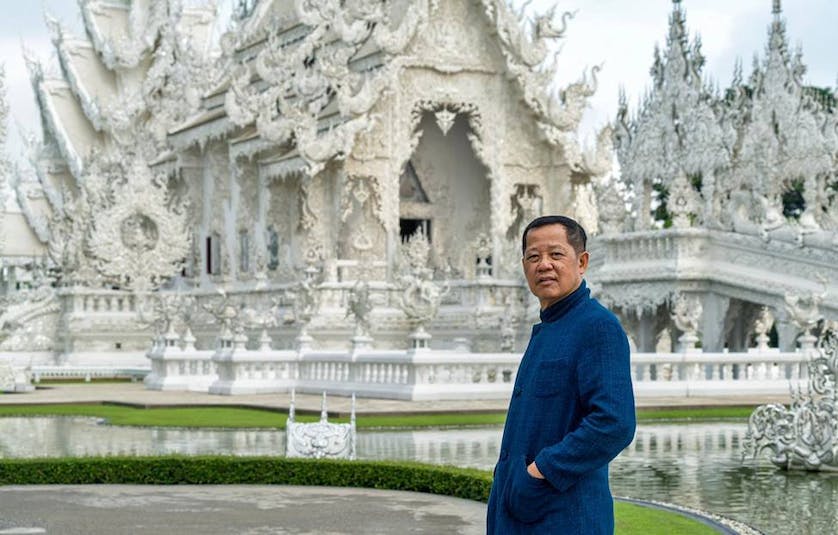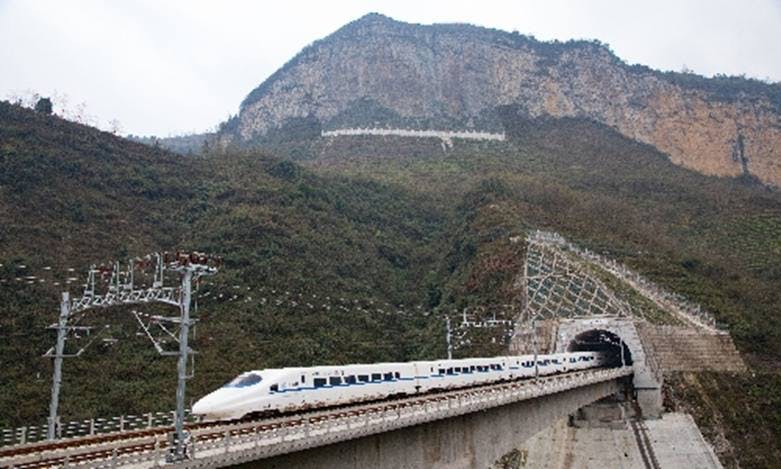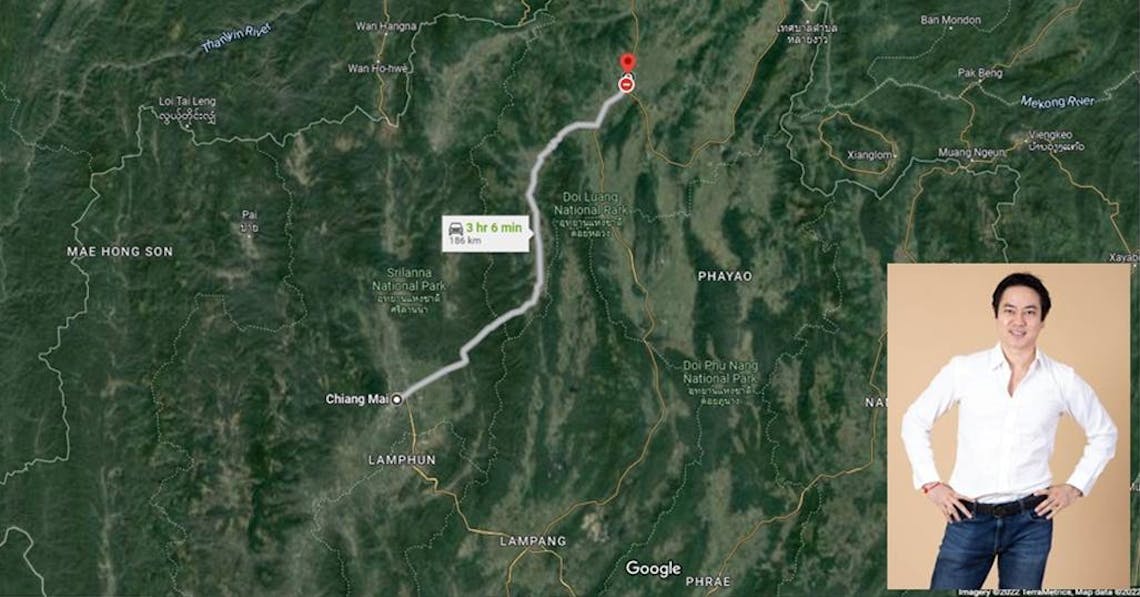South Korea is the most wired country in the world. Thanks to its superfast mobile and fixed broadband speed, coupled with being the first to launch 5G nationwide.
How does it achieve this?
Seoul and its greater metropolitan area account for over 50% of the nation’s entire population. Physical proximity helps bring the cost of connectivity down.
Now, telecommunication technology is one way to make a country smaller, or to borrow Thomas Friedman’s term – ‘flatter.’
Whereas in Chiang Mai-Chiang Rai, the problem isn’t internet connectivity. I can call my friends in Chiang Rai from Chiang Mai in an instant. The problem is the physical connectivity.
I am not suggesting we bomb and ‘flatten’ the two cities.
Hear me out.
Both Chiang Mai and Chiang Rai are in mountainous areas, 300 meters above sea level.
I usually drive to Chiang Rai for religious ceremonies and vacation about once a year. Now that the highway constructions have finished, it now takes about 3 hours from Chiang Mai city to Chiang Rai city. If you look closely at the map I have included, approximately 50% of the trip consists of going over mountains (dark green area).
Try driving over mountainous terrains at night without light poles in pitch black, which I did last week.
The distance between these two cities by road is 190 kilometers. There are no direct flights or trains linking these two cities as of this writing.
Just think: What if we drill holes through those mountains like the Chinese and build speed trains? It will reduce the time to less than an hour! (Average speed of a speed train is 300 km/h.)
Let’s delve deeper. Chiang Mai and Chiang Rai are both founded by King Mengrai in the 13th century. Both have similar climates and cultures, opportunities and challenges – e.g., tourism and smog, respectively. Although I see Chiang Rai as more artistic thanks to Arjarn Chalermchai Kositpipat who created Wat Rong Khun (The White Temple). Chalermchai’s “DNA” is practically in most Buddhist temples and architectural artwork in Chiang Rai, notwithstanding its famous clock tower.
I realize that the CNX-CR speed train might be financially unfeasible. That’s why we need a joint venture with foreign partners. Or at the very least seriously contemplate this opportunity.

Brothers in Arms
Chiang Mai province has a population of approximately 1.8 million; Chiang Rai has 1.3 million. The former’s land is about twice as large as Chiang Rai (22,000 km2 & 11,000 km2). Their annual incomes are 140,000 THB and 92,000 THB, respectively.
Seen in this way, there isn’t that much difference between the two cities. Chiang Mai is larger, more developed, and richer.
Geographically speaking, however, unique to Chiang Rai is its shared borders with Myanmar’s Shan State (Tachilek) and Laos via the 4th Thailand-Laos Friendship bridge. Not to be forgotten also is the ‘giant panda’ up north. Chiang Rai is the northernmost city in Thailand closest to China. In other words, it is a gateway to and from China. For Chinese goods to come via trucks to Thailand, they must come through Chiang Rai. (Another way is via Laos to Nongkhai.)
In terms of air travel, Chiang Mai international airport is listed as the 3rd largest in Thailand, with 42 airlines and 32 destinations (excluding Don Mueng airport). Trips between Chiang Mai-Bangkok- Phuket are easy and frequent, but not so if you want to travel from Chiang Mai to other northern provinces.
Of crucial importance is that Chiang Rai is part of the (infamous) golden triangle. Insofar as Myanmar has a ton of factories pumping out drugs, one way to stop meth and other drugs entering Thailand is in Chiang Rai. The bucks ought to stop there.
The Drug Enforcement Administration (DEA) headquartered in Chiang Mai knows best and will be able to weigh in.
This makes Chiang Rai rather strategic in a geopolitical sense. If war breaks out from the north (God forbid), Chiang Rai will be Chiang Mai’s buffer. I am guessing there is a lot of “dark money” in Chiang Rai, coming from neighboring countries.
On the macro level, Google map informs me that driving from Chiang Mai to Naypyidaw Burma’s capital would take me 17 hours via the northern route or 14 hours via Lampang-Tak’s Mae Sot route. Which is just ridiculously time-consuming.

A train linking Chengdu-Guiyang, dated 2019. Globaltimes.cn
In the future, connectivity not only domestically, but internationally will be needed in South East Asia, linking Thailand with all her neighbors on land, in addition to existing sea and air lanes.
Remember: A flatter world means greater connectivity, which means greater prosperity.
So here is my proposal. There must be greater cooperation between Chiang Mai and Chiang Rai. At a macro-level, northern Thailand must build connectivity with Burma, Laos, and China to build its economy. Look how prosperous Mexico is due to its geographical proximity to the US. Otherwise, as a region, we will still have low income compared to central and eastern Thailand. And we will continue to be stuck and surrounded by mountains, restricting trades, relationships, and opportunities. This, in turn, will fuel populist politicians hungry for their votes.
